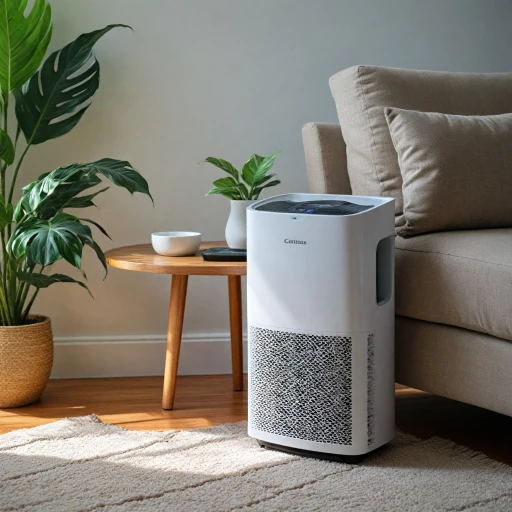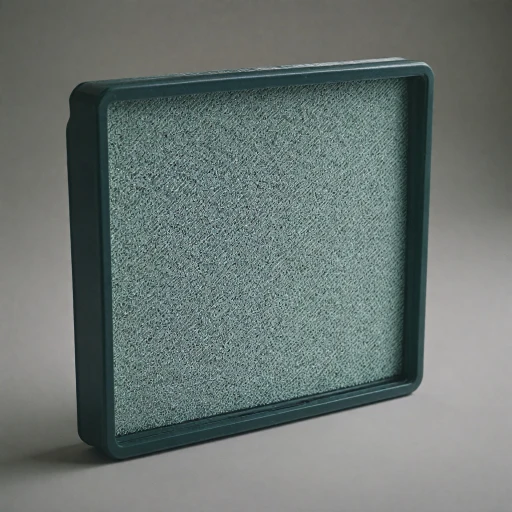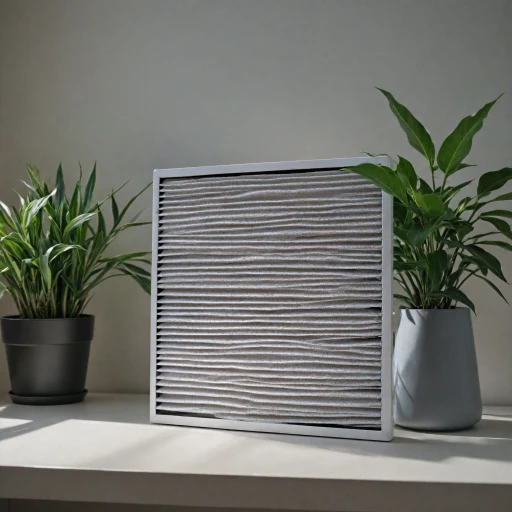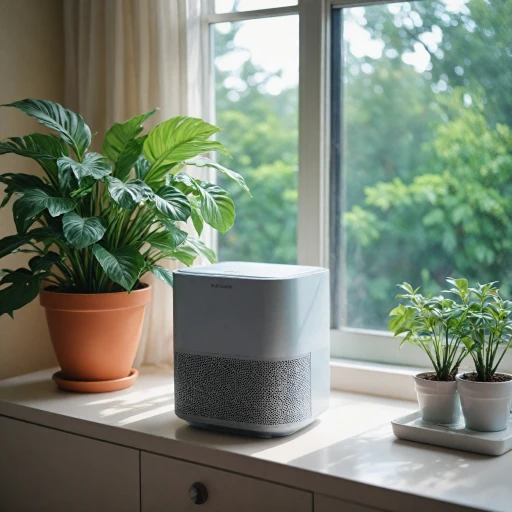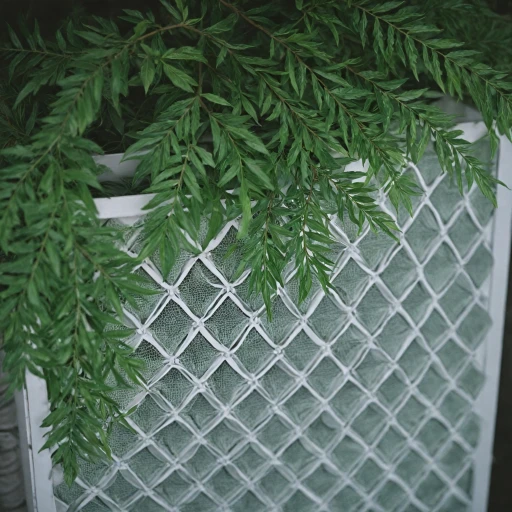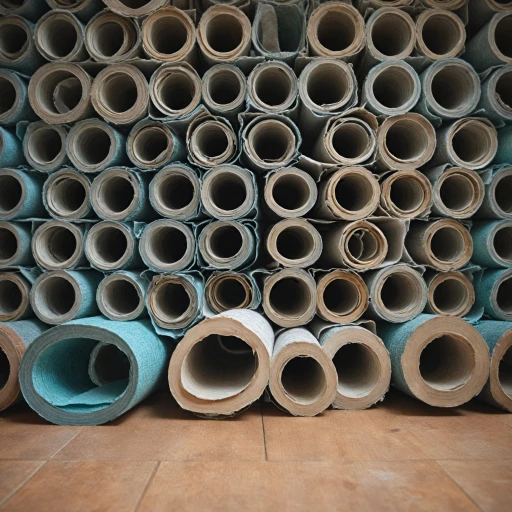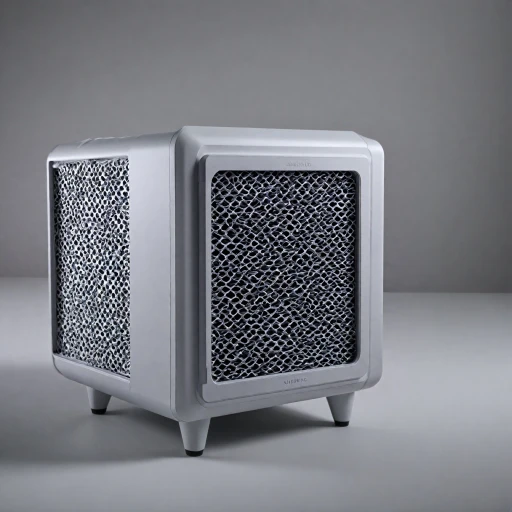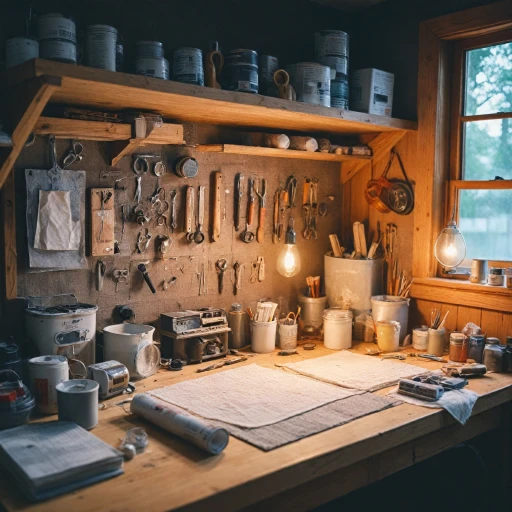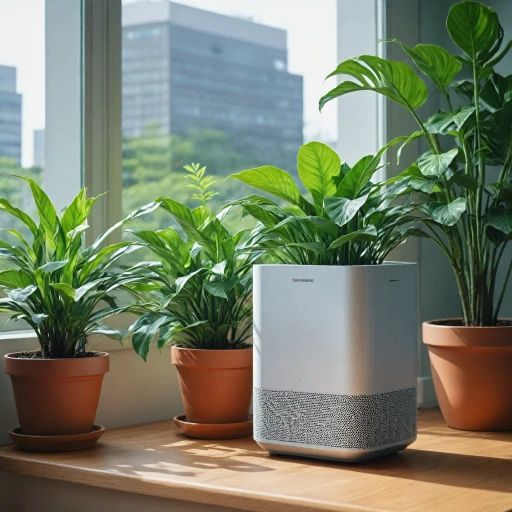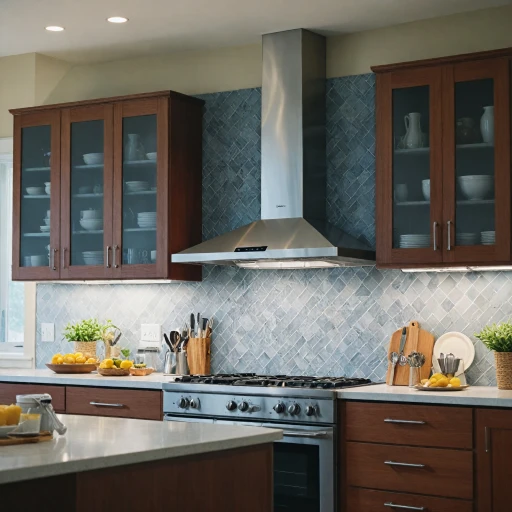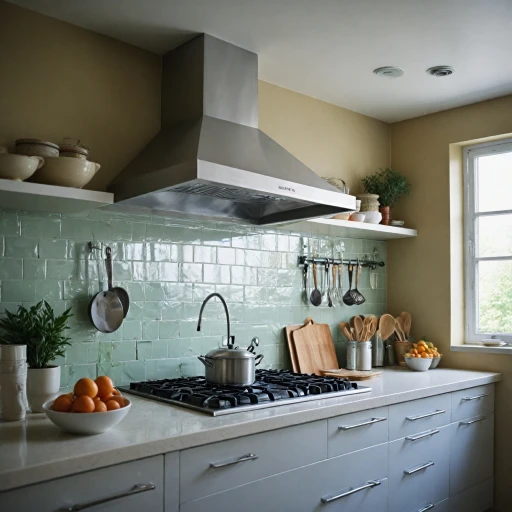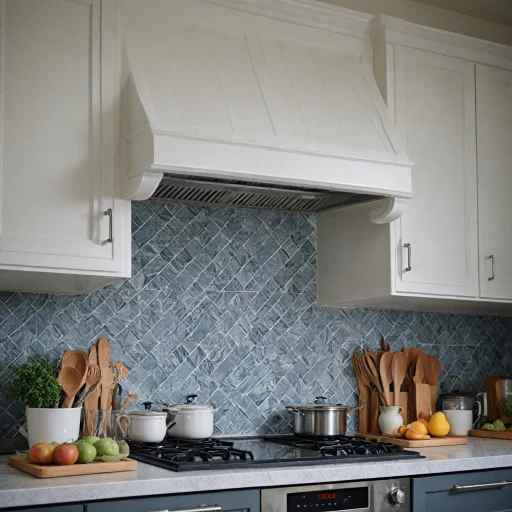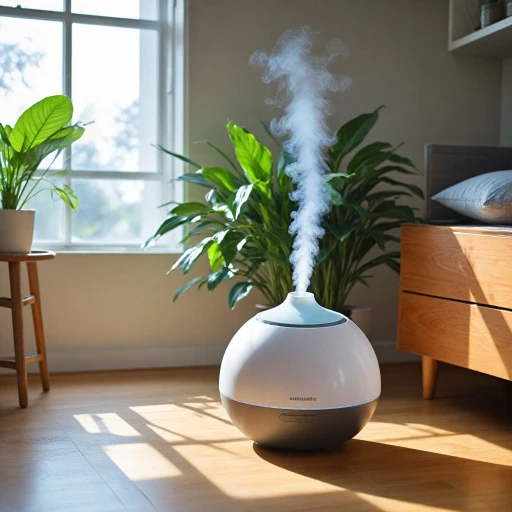
What is a Fiberglass Air Filter?
Exploring Fiberglass Air Filters
When it comes to maintaining indoor air quality, fiberglass air filters play a crucial role. These filters are a popular choice due to their affordability and efficiency in capturing large particles. But what exactly is a fiberglass air filter, and how does it work within your HVAC system? Fiberglass air filters are made using spun fiberglass material, allowing them to effectively trap dust, pollen, and other airborne particles. They are typically constructed with a metal frame to provide structural integrity. The porous nature of fiberglass provides ample surface area for capturing contaminants without significantly obstructing air flow. A critical component of any air purifier setup, the MERV rating of fiberglass filters (usually between 1-4) indicates their ability to filter out larger particulates. For many households, a low to moderate MERV rating suffices, balancing air quality improvement with maintaining energy efficiency in HVAC systems. For those selecting an air filter, brands like Flanders Precisionaire offer a range of options, ensuring you find the exact filter size needed for your specific system. This ease of availability, often with free shipping from various suppliers, makes them a convenient option. Fiberglass filters are particularly valued in furnace filters due to their capacity to handle high air flow with minimal resistance. However, when opting for pleated filters or fiberglass pleated versions, the design can enhance their efficiency in different settings. For more information on choosing the appropriate filter for your air purifier, you might want to explore this guide on Honeywell air purifier filters.Benefits of Using Fiberglass Air Filters
Advantages of Opting for Fiberglass Air Filters
Fiberglass air filters have established a reputation for being effective at capturing particles, providing several notable benefits that make them a popular choice for many homeowners. Understanding these advantages can help you make an informed decision when selecting the right air filter for your needs.
- Cost-Effectiveness: One of the most compelling reasons to choose fiberglass filters is their affordability. These filters are generally less expensive compared to pleated filters or those with higher MERV ratings, allowing budget-conscious consumers to maintain a clean air environment without breaking the bank.
- Ease of Availability: Brands such as Flanders Precisionaire offer fiberglass filters that are widely available in various sizes. These easy-to-find options often come with the benefit of free shipping, making them a convenient choice for immediate needs.
- Low Airflow Resistance: Thanks to their design, fiberglass filters offer lower resistance to airflow, which can be beneficial for maintaining optimal performance of your HVAC system. This aspect reduces the strain on your system while ensuring continuous circulation of air.
- Lightweight and Simple to Install: With a lightweight media and metal frame, fiberglass filters are straightforward to install, making them manageable for homeowners without the need for professional assistance.
- Basic Filtration Capabilities: While they may not offer the same level of filtration as higher-rated MERV options, fiberglass filters can effectively reduce dust and other large particles from the air, contributing to an overall better air quality, particularly in environments not plagued by extensive air pollution.
To delve deeper into the benefits of specific filter types, such as a 20x30x2 air filter, you can explore tailored information that directly addresses size-specific advantages and compatibility with your HVAC system.
Limitations of Fiberglass Air Filters
The Limitations to Consider
Fiberglass air filters, while popular for their affordability and basic filtration capabilities, do come with certain limitations that are important to acknowledge for potential users. One primary concern with fiberglass filters is their limited efficiency in capturing smaller particles. These filters have a lower MERV rating compared to pleated air filters or other advanced filter types. MERV, which stands for Minimum Efficiency Reporting Value, indicates the filter's ability to capture particles of varying sizes. Fiberglass air filters generally have a lower rating, meaning they're less effective in trapping smaller contaminants like pollen or pet dander. Additionally, the overall air flow may be affected by the filter's design. While fiberglass filters are good at allowing air to pass through, the compromised density means smaller particles are more likely to bypass and circulate back into the environment. This could be a point of concern for those with allergies or respiratory issues, as maintaining high indoor air quality is crucial. There is also the issue of durability and longevity. Fiberglass air filters typically require more frequent replacements compared to their pleated counterparts, as they tend to degrade faster under the typical conditions found in an HVAC system. This increases the frequency of maintenance and overall costs associated with keeping these filters in optimal condition. In terms of environmental impact, the frequent replacement of fiberglass filters can lead to an increase in waste. The lightweight design, primarily composed of non-biodegradable materials, does not contribute positively to efforts towards environmental sustainability. Despite these limitations, fiberglass air filters still hold a position in the market due to their low initial cost and the adequate performance they provide for specific uses. For households seeking minimal filtration, these can be a viable option. However, understanding these limitations is essential to making an informed choice. If you're interested in learning more about efficient solutions and the right range hood filters for your air purification needs, further exploration into air filter options is advisable.Comparing Fiberglass to Other Filter Types
Fiberglass vs. Pleated Filters: A Comparative Look
When it comes to choosing the right air filter for your HVAC system, understanding the differences between fiberglass and pleated filters is crucial. Fiberglass filters are often the go-to option for many due to their affordability and availability. However, pleated filters offer distinct advantages that might make them a better choice for some users.
Surface Area and Efficiency
One of the primary differences lies in the surface area. Pleated filters have a larger surface area compared to fiberglass filters, allowing them to capture more dust and particles. This increased surface area also means pleated filters generally have a higher MERV rating, which indicates better filtration efficiency. If you're dealing with a lot of dust or allergens, pleated filters might be the better option.
Durability and Construction
Fiberglass filters are constructed with a simple, flat panel of fiberglass media, making them less durable than pleated filters. Pleated filters, on the other hand, are made with a more robust frame and media, often incorporating metal or other materials to enhance durability. This makes pleated filters a more reliable choice for long-term use, especially in environments with high air flow demands.
Cost and Availability
Cost is another factor to consider. Fiberglass filters are typically more affordable, making them a popular choice for those on a budget. Brands like Flanders Precisionaire offer a range of fiberglass filters with free shipping options, making them accessible for many consumers. However, the lower cost comes with trade-offs in terms of filtration quality and lifespan.
Choosing Based on Needs
Ultimately, the choice between fiberglass and pleated filters depends on your specific needs. If you prioritize cost and need a basic filter for a furnace air system, fiberglass might suffice. However, for those seeking higher air quality and willing to invest in a more durable option, pleated filters are worth considering. Always check the filter size and MERV rating to ensure compatibility with your HVAC system.
Maintenance and Replacement Tips
Steps for Proper Maintenance
Maintaining your fiberglass air filter, especially within your HVAC system, requires attention to detail to ensure efficiency and longevity. Regular maintenance not only supports air quality but also enhances the overall performance of the unit. Here’s a guide to help you manage your filters effectively.
- Check the MERV Rating: Begin by understanding the MERV rating of your fiberglass filter. Filters with a MERV rating appropriate to your needs ensure effective air flow and better dust, pollen, and particulate capture.
- Regular Inspection: Periodically inspect the filter for any visible dust buildup. Flanders Precisionaire filters, known for their quality, should be checked in accordance with your environment's requirements.
- Timely Replacement: Replace filters based on your usage and environmental conditions. HVAC experts and brands like Flanders often recommend checking every 30 to 90 days, but specifics can vary based on filter size and usage frequency.
- Consider the Environment: Dusty environments may necessitate more frequent replacements of furnace air filters, while cleaner areas might allow for extended use.
Choosing the Right Filter Size
Precision in selecting the exact filter size is crucial for maintaining optimal airflow and efficiency in your HVAC system. Using filters that match the dimensions of your system ensures a snug fit in the filter frame, reducing gaps where particles can bypass the filter media.
Balancing Pleated vs. Fiberglass Filters
When maintaining your system, consider the choice between pleated filters and fiberglass models. Pleated air filters offer a larger surface area for particle capture and often boast higher MERV ratings, while fiberglass filters tend to support higher air flow, which can be beneficial in certain HVAC settings.
Remember, each replacement offers a chance to reassess your needs and perhaps adjust to a different filter media, from fiberglass pleated to other alternatives. It's always good to consult with your HVAC guy for advice tailored to your specific environment.
Choosing the Right Air Purifier for Your Needs
Match Your Air Quality Needs with the Right Purifier
Selecting an air purifier can be overwhelming, especially with the myriad of filters available on the market. A crucial factor is considering the MERV rating, which measures a filter's ability to capture particles. For fiberglass air filters, a moderate MERV rating works well for general dust and particulate filtration, making them suitable for many household needs.
If you are dealing with more severe air quality issues, such as allergies or smoke, a pleated filter or a higher MERV rated option might deliver better performance. Pleated filters increase the surface area for capturing pollutants, offering a robust alternative.
- Filter Size: Ensure your air purifier and HVAC system are compatible with the filter size. Custom sizing might be necessary, and brands like Flanders provide solutions tailored to your needs.
- Filter Materials: Decide between materials like fiberglass or pleated media, particularly based on your specific air quality challenges. Fiberglass filters tend to be cost-effective but may not offer the same level of filtration as more advanced options.
- Brand and Quality: Opt for reputable brands such as Flanders Precisionaire, which often offer free shipping and have a strong track record for quality and reliability.
- HVAC System Compatibility: Ensure your chosen air filter works well with your existing HVAC system to maintain air flow efficiency and longevity.
- Maintenance and Replacement: As detailed earlier, regular maintenance is key. Factor in ease of replacement and availability of filters in your locality when choosing a purifier.
By considering these factors, you can refine your search and invest in an air purifier that genuinely enhances your home environment, ensuring cleaner, healthier air for your needs.

